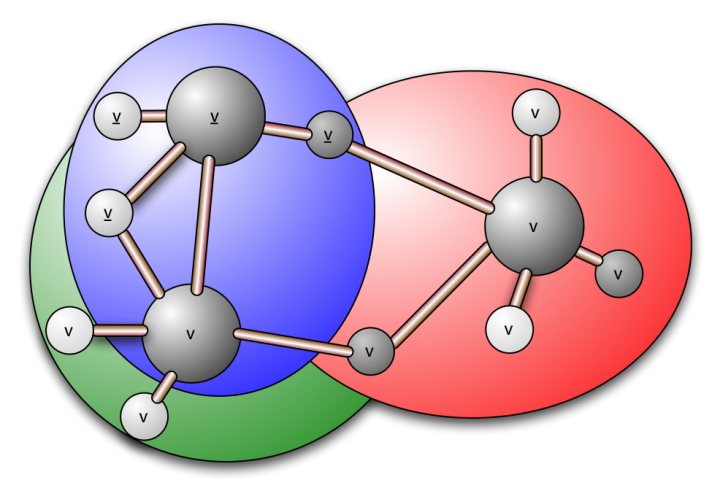Everything is emergent
In a world that changes increasingly faster and faster, the perceived complexity increases with it. It becomes harder to predict the status quo even on the short-term, perhaps even that of tomorrow. The attempts to make predictions become useless. An obsolete approach.
We need to stop acting like we have control over what will happen in the future. We just don’t know. Often we are not even close. What’s the point of making predictions of the future anyway, and then trying to control what happens?
Organizations are the best example of future predictors. They keep trying to figure out the most likely scenario’s to occur based on what happened in the past. Organizations have difficulties in accepting the fact that these predictions are not only a waste of time, it’s even worse than that. They even try to understand what happened in the past based on the present situation. What happened in the past was just one of the possible outcomes. There are no parallel pasts that occurred at the same time and that have led to where we are now. Rationalizing what happened then, is like denying what could have occurred. Sometimes it helps to understand phenomena, but using that for future predictions means that the same mistakes are being made over and over again.
Again, we have to stop predicting, and start nurturing the current situation in a way that good outcomes will flourish, independent of what that outcome can be. It’s not the outcome that matters most, it’s the road to it. The road to it (where ever it will lead) is an emergent path. So many influences are on the lurk, so many that no one knows how many and what they are, that they should be dealt with along the way. They both can be positive or negative, both will have influence on the emergence.
Dealing with matter like I described above is so different then how we are used to, and not only different, but scary as well. To accept and be comfortable with uncertain paths is not suitable for most organizations nowadays. And it won’t be for the years to come probably. However, we see more and more organizations that operate in a networked environment, where many stakeholders play a role. In these situations, long-term strategies are being replaced by emergent strategies, where control does not have a place.
Coming back to the title of the post, maybe it is somewhat exaggerated at the moment, maybe it is more realistic to speak of a change from long-term goals to short-term goals. Dealing with short-term goals combined with iterative processes is a good first step towards completely letting go of control and accepting that everything is emergent. We are humans with brains that can think ahead in time, let’s not forget that important aspect of us.



2 comments